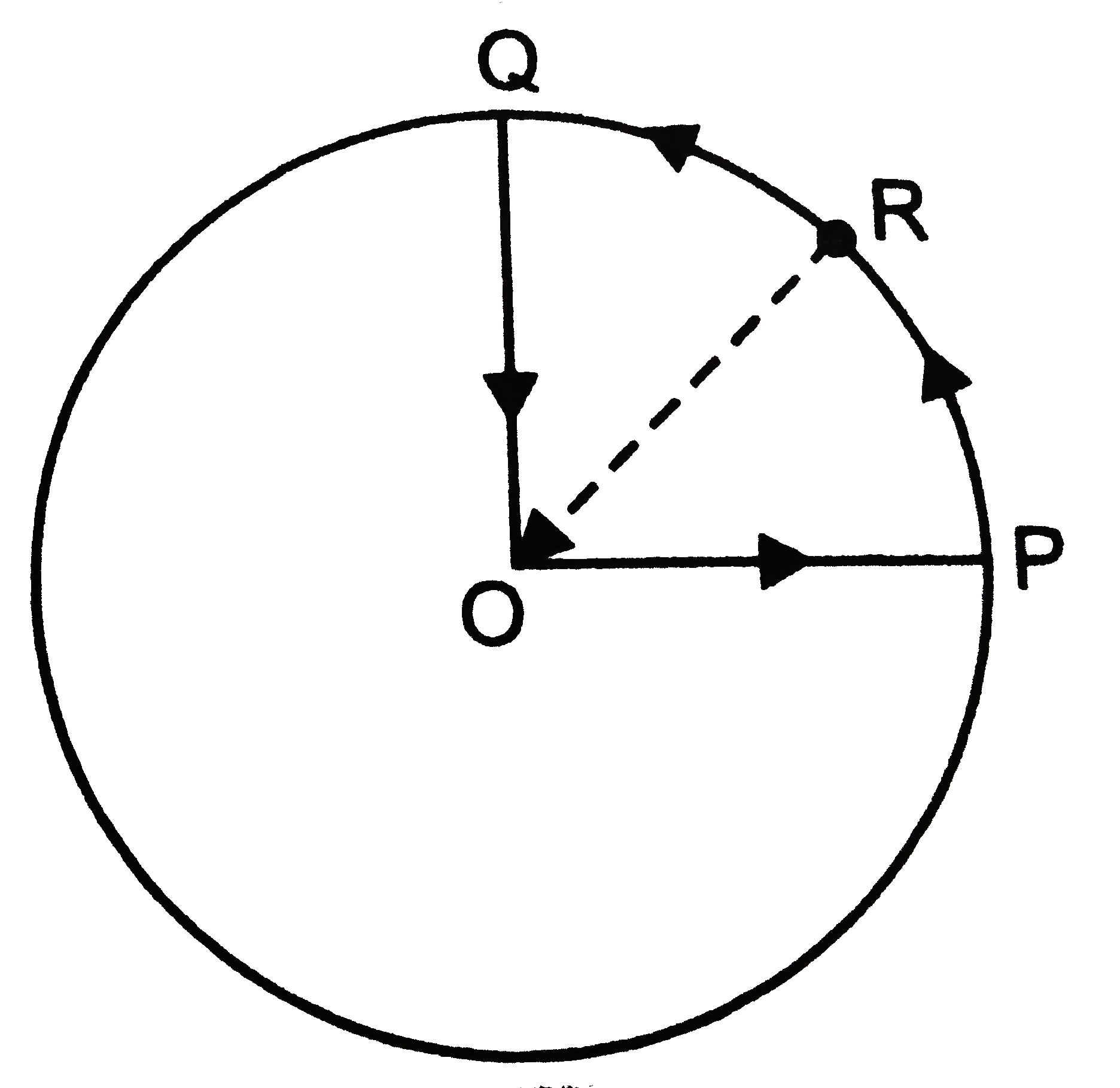Text Solution
Verified by Experts
Topper's Solved these Questions
Similar Questions
Explore conceptually related problems
PRADEEP-KINEMATICS-6 Very short
- A cyclist starts form centre O of a circular park oa radius 1 km and...
Text Solution
|
- A ball is thrown from a roof top at angle of 40^(@)ablve the horizont...
Text Solution
|
- A football is kicked into the air vertically upwards. What is its (a) ...
Text Solution
|
- vec A , vec B and vec C are three non-collinear, non co-planar vectors...
Text Solution
|
 .
.